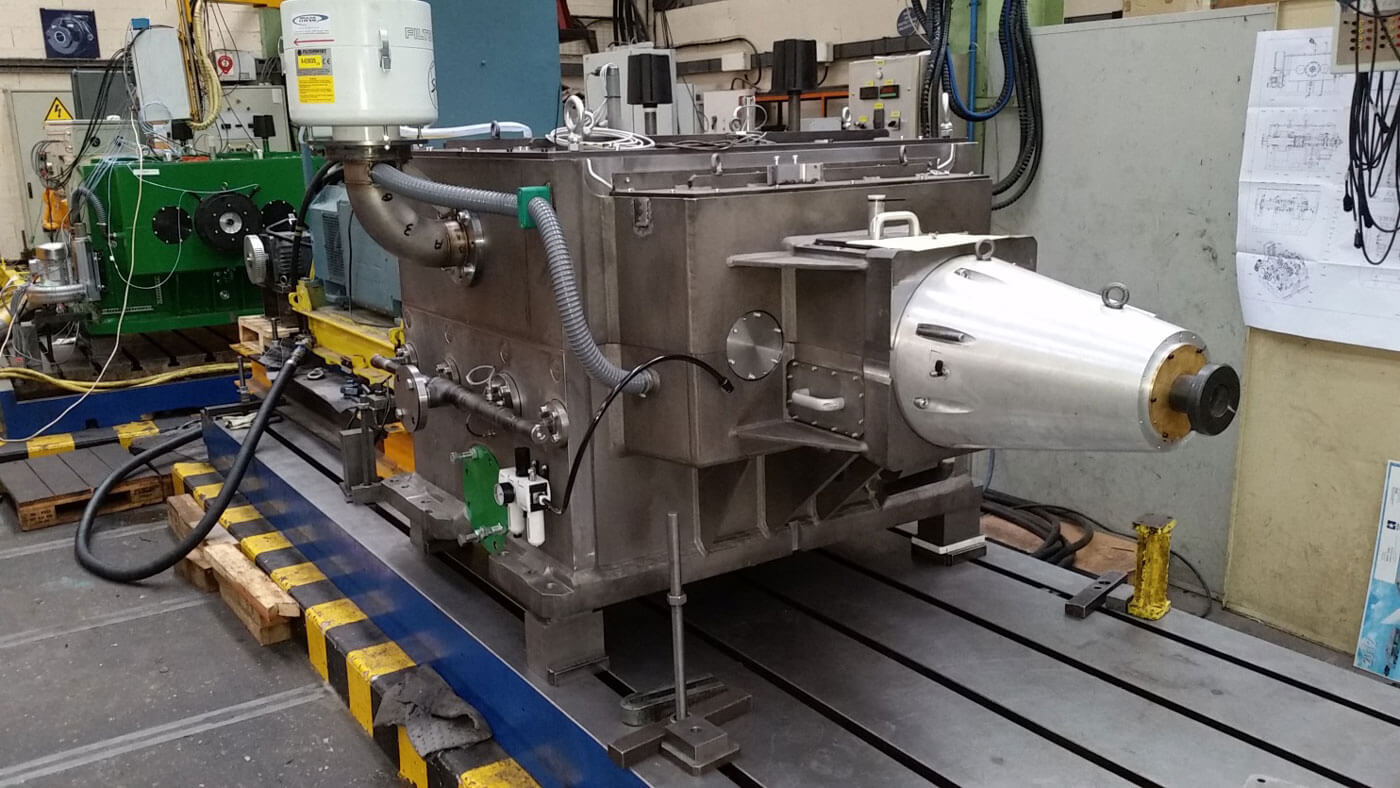Direct Integration of an HBM Torque Sensor in Transmission Systems for High Speed Applications
In challenging mechanical and thermal environments that require very high torque, the specialized T40HS torque sensor allows for precise measurement of 1000Nm torque with 0.05% accuracy.
If there is any project that deserves to be called "innovative", it is the one recently completed by BCSA and HBM. BCSA specializes in mechanical force introduction systems for sophisticated applications with regard to torque, rotational speed, precision, resilience and longevity.
A little over a year ago, the French company with about 30 employees participated in a call for tender for the implementation of a mechanical transmission system for an F&E test bench in the area of aeronautics. The biggest names in test bench manufacturing applied for this project. BCSA offered an entirely new technical solution, which entails the integration of a torque sensor inside the transmission.




